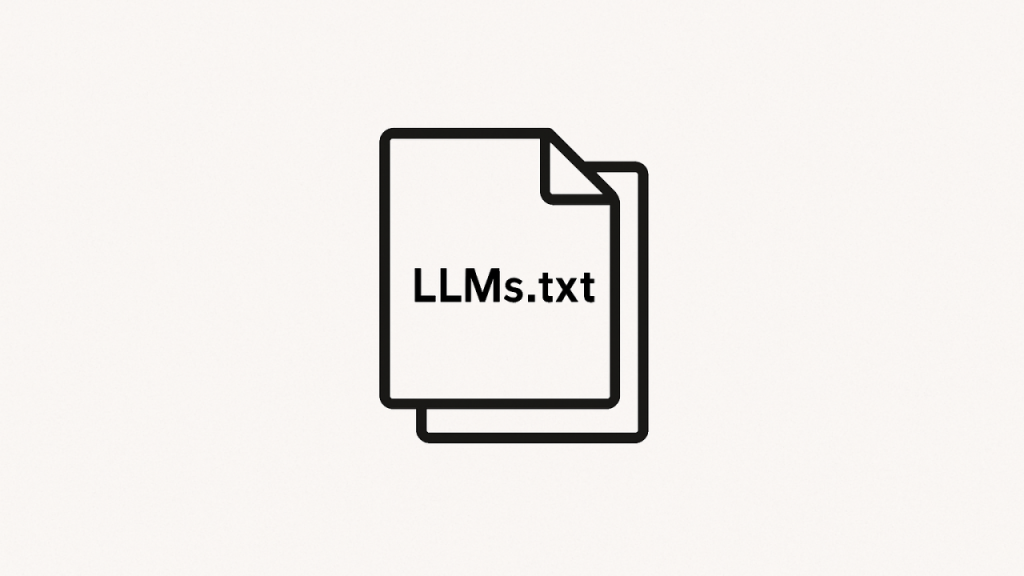For Quebec businesses, optimizing a Google Ads budget has never been more crucial. According to a recent study by Association Marketing Québec, nearly 45% of SMEs feel their advertising budget is not being used efficiently. In a context where competition for customer attention is intense, knowing how to make every dollar count on Google Ads has become an essential strategic lever.
Managing a Google Ads budget goes beyond simply creating and launching campaigns. It requires understanding how bidding, targeting, keywords, and the relevance of ads and landing pages work. A thoughtful approach not only increases return on investment (ROI) but also strengthens brand visibility and recognition on the search engine.
In this article, we will first explore the benefits of effective Google Ads budget management. Next, we will discuss key limitations and common mistakes to avoid. Finally, we will outline best practices to maximize your advertising investment while achieving the best results.
The benefits of effective Google Ads budget management
Proper Google Ads management offers numerous advantages. When done correctly, it allows you to reach highly qualified potential customers, optimize cost per acquisition, and improve your company’s visibility on strategic keywords.
- Reach the right audience
Google Ads allows you to target your ideal customers precisely through advanced targeting options: keywords, geographic location, language, and devices. This precision avoids budget waste and maximizes campaign impact on audiences genuinely interested in your products or services. - Full control over budget and performance
Unlike other advertising channels, Google Ads provides granular control over budgets—daily, monthly, or per campaign. Automatic or manual bidding allows you to adjust costs according to performance goals while ensuring every dollar has the potential to generate tangible returns. - Continuous data-driven optimization
One of Google Ads’ biggest strengths is the wealth of available data. Click-through rates (CTR), cost per click (CPC), conversion rates, and other metrics allow you to measure each campaign’s effectiveness accurately. These insights enable adjustments to ads, keywords, and landing pages to maximize ROI. - Flexibility and adaptability
Google Ads campaigns can be adjusted in real time. If a keyword underperforms or an ad doesn’t generate clicks, you can intervene immediately. This flexibility is essential for making the most of a limited Google Ads budget, especially in a competitive environment. - Clear measurement of ROI
Every Google Ads campaign can be tracked precisely through conversion tracking. This allows you to calculate cost per acquisition and identify the most profitable campaigns or keywords, facilitating informed decisions for your advertising strategy.
Limitations and pitfalls to watch out for
Despite its many benefits, Google Ads also has limitations that can reduce campaign effectiveness if ignored. Poor management can quickly lead to wasted budget and disappointing results.
- Poor keyword choices
- Poorly segmented campaigns
- Inadequate conversion tracking
- Ignoring user experience
- Excessive spending without optimization
Best practices to maximize your Google Ads budget
To fully leverage Google Ads, it is essential to combine strategy, analysis, and creativity. Here are the main recommendations:
- Segment and organize campaigns: Create separate campaigns and ad groups for each product, service, or target audience. This improves relevance and CTR.
- Choose relevant, high-intent keywords: Prioritize long-tail keywords and those with clear purchase intent to maximize ROI.
- Optimize ads and landing pages: Write compelling ads consistent with your landing pages. Ensure content meets visitor expectations and encourages action. For more solutions, check our digital advertising page.
- Implement conversion tracking: Use Google Analytics and conversion tracking to measure each campaign’s effectiveness and adjust strategies accordingly.
- Continuously test and adjust: Run A/B tests on ads, headlines, visuals, and calls to action. Continuous optimization is the best way to maximize budget efficiency.
- Leverage remarketing: Target visitors who have already interacted with your site to increase conversions while lowering acquisition costs.
- Monitor performance and adjust bids: Regularly analyze CPC, CTR, and ROI to reallocate budget to the highest-performing campaigns.
Conclusion: a well-managed Google Ads budget is a powerful strategic lever
Effectively managing a Google Ads budget is not just about spending money—it’s a strategic lever to increase visibility, attract qualified customers, and maximize ROI. A thoughtful approach combines precise targeting, creative ads, and data analysis to deliver tangible results.
However, this optimization requires discipline: careful keyword selection, relevant segmentation, precise conversion tracking, and regular adjustments. A well-executed Google Ads strategy not only enhances business performance but also strengthens brand image.
For businesses looking to get the most out of every advertising dollar, adopting an analytical, flexible, and customer-focused approach is essential. A methodical and continuous strategy ensures that the advertising budget is used optimally, turning Google Ads into a true growth engine.
If you want to improve your Google Ads campaigns and optimize your budget, contact us for personalized support.






